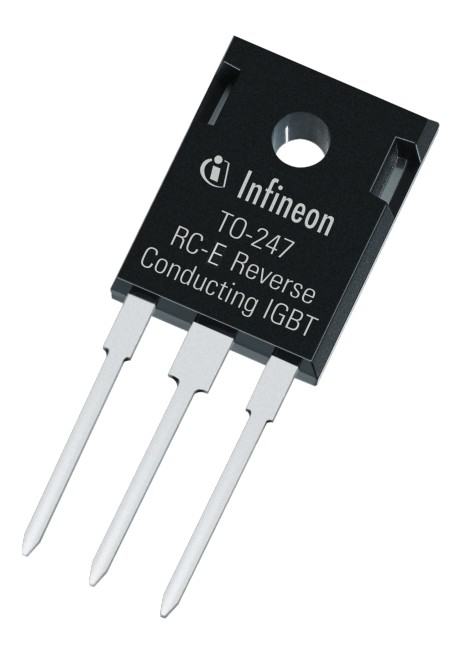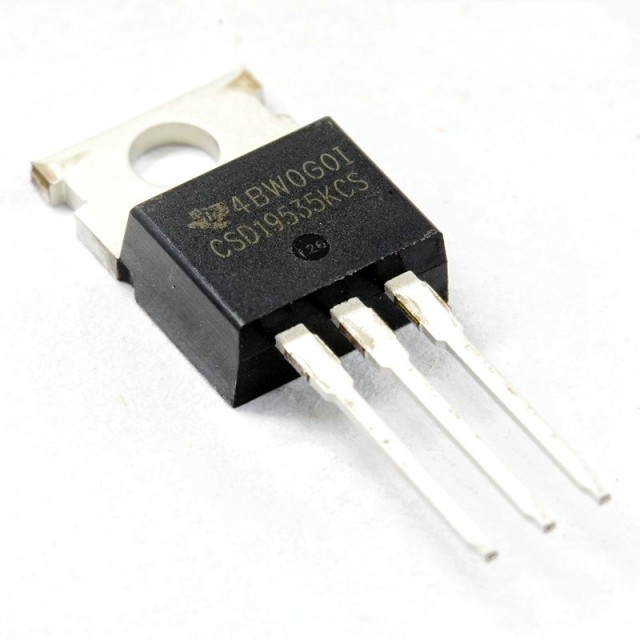In modern electronics, power semiconductors are the unsung heroes, driving the efficient distribution and control of electrical energy. At the heart of the technology are two key devices: the IGBT (Insulated Gate Bipolar Transistor) and the MOSFET (Metal Oxide Semiconductor Field Effect Transistor). In this article, we'll embark on a journey to unravel the differences between these powerful features, illuminating their unique characteristics and applications.
article structure
Concepts and Structural Differences
Concepts and Structural Differences
IGBT description
Imagine a device that combines the strengths of two semiconductor giants: MOSFETs and BJTs (bipolar junction transistors). The IGBT is that fusion. At its core, the IGBT is a hybrid semiconductor device that inherits the control tricks of a MOSFET and the power-handling capabilities of a BJT to help manage high voltages and currents. This makes IGBTs ideal for applications requiring power and control.


igbt and mosfet
MOSFET Description
MOSFET has three main parts: gate, source and drain. By manipulating the gate voltage, the conductivity of the channel between the source and drain can be changed. This ability to adjust conductivity allows MOSFETs to effectively regulate current flow. This control is so precise that it's like adjusting the brightness of a light with a dimmer switch, bringing the concept of power modulation within reach.
Performance Differences
Voltage handling capability
In the voltage domain, IGBTs shine with their inherent bipolar junction transistor architecture. This design enables them to handle higher voltage levels, equivalent to experienced sailors navigating rough seas (high voltage). MOSFETs, on the other hand, exhibit a more delicate touch and perform well where the voltage plays a softer tune (lower voltage levels).
Furthermore, IGBTs can handle any voltage and current transients, but when a voltage transient occurs, the operation of the MOSFET is disturbed.
Conduction voltage drop
MOSFET and IGBT have different voltage drops in the on state. Generally speaking, MOSFETs have lower conduction voltage drops, especially for low voltage applications. The conduction voltage drop of IGBT is relatively high, but under high voltage and high current conditions, its conduction loss is relatively small. The presence of conduction voltage drop affects component performance and power loss.
Current carrying capacity
Due to their BJT origins, IGBTs are suitable for the conduction and control of medium to very high currents, while MOSFETs are suitable for the conduction and control of low to medium currents. Although MOSFETs have lower current capabilities compared to IGBTs, they can be connected in parallel to obtain higher currents when required.
Switching speed
If speed was a race, MOSFETs would be nimble sprinters thanks to their capacitive-driven operation. Their ability to open and close quickly is similar to lightning. In contrast, IGBTs may not have the same speed due to their bipolar nature, but their well-designed switching speeds are suitable for precision-demanding scenarios in medium and high frequency applications.
Therefore, IGBT is not suitable for high frequency applications, it can operate well at kiloHz frequency. MOSFET is particularly suitable for very high frequency applications, it can operate well at megahertz frequencies.
Cost Differences
From the perspective of manufacturing cost, IGBT is more expensive because of its more complex structure, but if combined with specific applications to maximize the efficiency of components and systems, both IGBT and MOSFET can provide more cost-effective solutions. .
Applications
For the above differences, MOSFET and IGBT have their own emphasis in application. Typically, MOSFETs are rated around 600V, while IGBTs are capable of 1400V ratings. From the perspective of rated voltage, IGBT is mainly used for higher voltage applications. From the perspective of operating frequency, IGBTs are usually used at switching frequencies below 20kHz, at which point they have higher switching losses than unipolar MOSFETs.
For applications with low frequency (less than 20kHz), high voltage (greater than 1000V), small or narrow load or line changes, high operating temperature, and rated output power exceeding 5kW, IGBTs are the first choice. And MOSFET is more suitable for low voltage (less than 250V), large duty cycle and high frequency (greater than 200KHz) applications.
MOSFETs are suitable for low-voltage, high-frequency applications
Due to the high switching speed and low conduction voltage drop of MOSFET, it is usually suitable for low-voltage, high-frequency application scenarios, such as switching power supplies, inverters, power tools, electric vehicles, etc. In these applications, MOSFETs enable high-efficiency, low-loss power conversion.
IGBT is suitable for high voltage and high current applications
IGBT has better performance under high voltage and high current conditions, so it is suitable for low-to-medium frequency and high-power application scenarios, such as AC motor drive, grid inverter, high-voltage direct current transmission, etc. In these applications, IGBTs can provide high current handling capability and low conduction loss.
In switching applications such as uninterruptible power supply (UPS), industrial inverter, power control, motor drive, pulse width modulation (PWM), switching power supply (SMPS), MOSFET and IGBT have obvious performance due to their superior characteristics. outperforms other switching devices. Among them, MOSFET is mainly used in lower voltage and power systems, while IGBT is more suitable for higher voltage and power applications.
IGBT is the core device of the high-voltage system of new energy vehicles. Its core application is the drive inverter. In addition, it also includes on-board charger (OBC), battery management system, on-board air conditioning control system, high-voltage auxiliary systems such as steering, etc. In DC and AC charging piles, IGBTs are also widely used. In new energy vehicles, MOSFETs are mainly used in automotive low-voltage electrical appliances, such as electric seat adjustment, battery circuit protection, DC motors for wipers, and LED lighting systems.

How to Make a Choice
Choosing between IGBTs and MOSFETs comes down to understanding your application needs. Ask yourself: What is the voltage range? What is the required current capacity? How fast does the switching speed need to be? By answering these questions, you can determine which component best meets your project requirements. And you can also refer to the solutions commonly adopted by the industry or application.
Summarize
IGBT and MOSFET are the core devices for power electronic devices to realize power conversion and circuit control. IGBTs have a hybrid nature and can handle high voltages and currents, while MOSFETs, with their fast switching and efficiency, excel in lower voltage scenarios. By understanding their differences and applications, you can make informed choices when designing power circuits, ensuring that your electronic system performs optimally in its intended role.




 Need Help?
Need Help?







